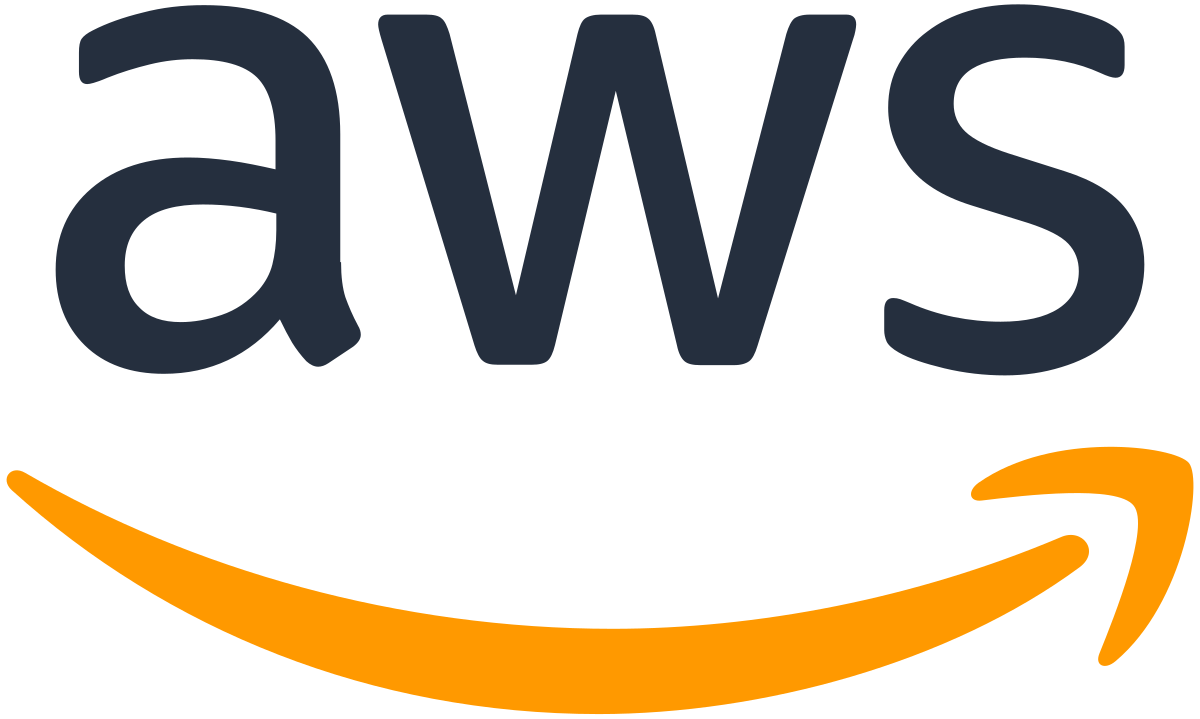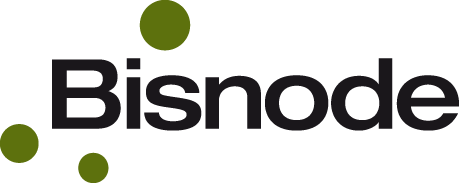Better Insurance
Together.
and stay ahead.








.png?width=1200&height=627&name=Namnl%C3%B6s%20design%20(22).png)










Dear Insurance Professionals,
Technology should make things easier - not harder.
We saw ambitious insurers, brokers, MGAs, and underwriters spending more time managing systems than serving clients. So we built a modular, cloud-based platform that’s easy to use, quick to launch, and built to scale with you—whether you’re introducing new products, cutting costs, or expanding operations.
With us, your focus stays where it matters most: your clients.

Seamless Platform Capabilities

Product Management
Product Management includes Seamless product setup, with configuration & automation that empowers insurers to easily design and manage insurance products with flexibility. Helping insurers to stay ahead of the competition

Sales & Distribution
Streamline the sales process and enhance decision-making through real-time data as well as external integrations. It enables insurers to adapt quickly to changing market conditions and maintain compliance with regulatory standards.

Customer Engagement
Centralise all customer data, providing a 360-degree view that enhances customer relationship management. It allows for personalised service and proactive engagement, crucial for customer retention and satisfaction.

Policy Administration
A comprehensive solution for managing the entire policy lifecycle, enhancing operational efficiency, and ensuring policy accuracy and compliance in one single platform – regardless of line of business.

Claims Management
Speed up claims resolution, enhance customer satisfaction, and reduce the risk of fraud by enabling integrations to external tools and real-time data capabilities.

Billing & Accounting
Streamlines insurance finances with smart automation and seamless integration - boosting accuracy, ensuring compliance, and enhancing customers with flexible payment options.
Featured Partners

.svg.png?width=2560&height=546&name=Microsoft_logo_(2012).svg.png)

With us, insurers can accomplish big things without big headaches.
Mysafety AB
"The partnership with Seamless Insure marks an historical milestone for Mysafety as the core system of our insurance operation is facing a tremendous transformation. We are proud and excited to be in front of modernization and operation efficiency, convinced it will improve underwriting, customer relations and growth.”
Daniel Ekström, CIOO at MySafety
Balder Forsikring
“Their expertise in insurance technology complements our vision to become an insurance provider that prioritizes customer relationships and local presence. Together, we’re set to challenge the industry giants and provide unmatched service to our customers.”
Mads Notkevich, CEO & Founder at Balder Forsikring
HOGS
“By aiding in our modernization and streamlining processes, Seamless Insure has proved itself as a very reliant partner for our company, excellent communication throughout all project and easy set-up for cooperation. Seamless has been on of the key contributors in helping HOGS become one of the most modern and efficient companies within its industry.”
Kristian Opsahl, CFO at House of Guarantees (HOGS)
Allina
"Thanks to the team’s ability to understand our technical and
business model needs, we’ve created a true plug-and-play platform.”
Carl-Henric Holmberg, Co-founder, Allina Försäkringar
Varsam Försäkring
"The Seamless systems, including the various customised features and functions, were developed as per our business strategies. We are satisfied that Seamless has managed to build the functions according to our high demands and expectations.”
Roger Holmgren, CEO at Varsam
Gabler
"There’s no doubt in my mind that choosing Seamless as our provider was the right choice. It has been a fantastic journey so far, and I am sure our system is ready for the future."
CTO at Gabler
Easy-to-use tools for MGAs & Brokers
The Customers We Serve
Insurance
Carriers
Increased business efficiency, compliance, customer delight, and business profitability. Gain competitive advantage – make your business Seamless.
Brokers &
MGAs
Specialist, Captive & Guarantee
With in-depth understanding of your niche business processes and workflows, we can help you make insurance delivery Seamless.
Insurtechs &
Apps
Hear It From Customers

Balder Forsikring
Balder Forsikring entered the Norwegian insurance market with a bold goal: to deliver customer-first, digital insurance with the speed and flexibility legacy providers couldn’t match.
The result?
- 80% reduction in manual work
- Fully automated policy issuance and claims
- Over 1M NOK in policies sold in the first week
.jpeg?width=1024&height=683&name=Image%20(19).jpeg)
Allina
Stockholm-based Allina Försäkringar defines itself as both an Insurtech company and an insurance broker with expertise in white-labeling insurance for various industries. One of the cornerstones of Allina’s business model is based on a full-scale Insurance as a service platform that delivers a flexible solution, a wide range of insurances, and a short time-to-market ready to be used for various companies regardless of industry and needs.
Our Most Loved Features

Product Builder
Seamless Insure’s Product Builder is a powerful, no-code configuration tool that enables rapid design, deployment, and maintenance of insurance products without the need for custom development.
It empowers business users—such as product managers, underwriters, and operations teams—to create and update product rules, forms, workflows, and pricing structures directly through an intuitive interface, ensuring agility and reducing dependency on IT resources.
FNOL Management
Seamless Insure’s FNOL Management Solution redefines the insurance claims experience by turning the first notice of loss into a moment of trust, speed, and simplicity.
Built on a fully integrated insurance ecosystem, our platform empowers insurers and distributors to deliver frictionless, empathetic, and data-driven claims journeys from the very first interaction.
Accounting Integrations
Seamless Insure’s accounting integration capabilities are designed to streamline financial operations, ensure compliance, and deliver real-time visibility across the insurance lifecycle.
Built on a secure, API-first architecture, the platform connects effortlessly with leading accounting systems to automate invoicing, reconciliation, and reporting—reducing manual effort and improving financial accuracy.
Renewals
Seamless Insure’s renewal feature automates and simplifies the policy renewal process, ensuring timely engagement and operational efficiency.
Renewal workflows can be triggered automatically or manually, with system-generated notices and instant premium recalculations based on updated rules.
Claim Reserves
Seamless Insure’s claims reserve feature ensures accurate financial forecasting and regulatory compliance by automatically calculating and recording reserves at the cover level. Each claim triggers reserve creation based on configurable rules, with adjustments logged throughout the claim lifecycle.
These reserves are fully auditable and integrated with accounting systems, supporting real-time financial visibility and precise reporting.
Seamless Insure in Numbers
80%
Time saved on manual tasks with
end-to-end solution.
<0.1%
Post migration errors on 30.000 P&C policies.
75%
Average growth with faster speed to market.
<1.5 weeks
Average time to configure and launch a P&C product.
Want a sneak peek of the system?

No Code Insurance Development
Create insurance products and test them seamlessly with our no-code, self-configurable software.
Modernize, digitally transform or innovate your insurance business and technology from end to end at your own pace – from a single platform.
No massive IT budgets. No coding skills. No business interruptions. No matter the business line or size. Easy to use. Modular. Simple pricing. API-driven ecosystem.
Compliance Built-In
We constantly monitor the ever-changing regulatory landscape, making sure our clients feel comfortable in obtaining compliance using Seamless Insure solutions.
General Data Protection Regulation
International Standard for Information Security
Digital Operational Resilience Act
System and Organisation Controls
-1-1.png?width=749&height=773&name=Namnl%C3%B6s%20design%20(10)-1-1.png)
Insurance Distribution Directive (IDD)
Keep Up with Seamless
Reference Cases
Proven success stories showcasing our insurance core platform in action.
Stay in the inner circle
Subscribe to our newsletter
